|
Looking for something inexpensive, simple, and fun to do this summer? Then consider having a backyard campfire complete with marshmallows, a sing-along and ghost stories. No matter what age your guests are, it's sure to be a big hit that everyone will want to do over and over again! When I was growing up we used to go camping all the time. Whether it was upstate NY or on the beaches of Fire Island, there was always a campfire involved. Some of my fondest childhood memories are of singing around the campfire with family and friends. In fact, the picture above was taken just this summer while visiting my parents in the Adirondacks - in their backyard! No matter how old you are, campfires are fun and you don't have to travel farther than your backyard to create new memories! WHAT DO YOU NEED? BACKYARD No backyard? No worries! Would someone you know be willing to share theirs? Is there a park or other similar place near you that permits campfires? You can call the local parks you know of and see if they allow fires or find parks in your state using America's State Parks. Many parks already have fire pits ready and waiting to be used! FIRE PIT If you don't already have one then you can either buy one, or even better, make one yourself!
WOOD Yes folks, you can't have a fire without something (usually wood) to burn.
SEATING There are a lot of options here!
CAMPFIRE SNACKS In my opinion a backyard campfire is nothing without being able to roast marshmallows and make s'mores! Making them is pretty easy, but you do need a few things and being prepared ahead of time makes it very simple (And we all love simple, right?).
MARSHMALLOW STICKS You can either make your own, improvise, have guests bring their own, or buy them!
SING-ALONG SONGS What's a campfire without an old fashioned sing-along? If you or your guests play an instrument, then even better! We have a lot of guitar players in my family so besides the classic campfire songs we always sang a few oldies too! You can choose to sing whatever songs you want or even just listen to music, but I am not joking when I say sing-a-longs are fun!
GHOST STORIES Depending upon the age of the guests, these can range from funny to scary. Either way, ghost stories have been told around campfires for a very long time.... CAMPFIRE SAFETY A few important things about fire safety (learn more at Smokey The Bear):
Did you like this post? Then please take a second to hit like below! Thank you for your support :-)🌻 Don't forget to follow us on Facebook too!
0 Comments
A Daily Dose of Simple is a photo posted on Facebook, Instagram, and Google+ once every day to remind us to take a break and appreciate the simple things in life. Yes my friends, it really is that simple. It can be something that simply makes you feel good, something that makes you smile, or something that reminds you to stop for a minute and appreciate all of the wonderful things that we are too busy to notice a lot of the time! ARE YOU INTERESTED IN SHARING YOUR PICTURES? I am really hoping that you might be interested in sharing your pictures of the simple things that make you feel good! Yes of course there are some rules and requirements for sharing that have to be followed, but they are pretty straight forward and if you have e-mail, then sharing your pictures will only take a couple of minutes. So please, if you are willing, take a few minutes to share because I can't do it all alone! WHY CAN'T I DO IT ALL ALONE? Well, actually I can do it all alone, but I really don't want too! I can easily take plenty of pictures to share one a day, however I would really like to be able to share a variety of different pictures and there are plenty of pictures that I am simply unable to take. For example, I live near the beach so I could (if I had time) take pictures at the beach during sunset, or a picture of a wave, a sandcastle, or even just the sand in an interesting formation. I don't live near mountains or lakes and unless I specifically go on vacation to where they are I will not have the opportunity to enjoy the simplicity of beautiful mountain scenery, serene lakes or calm reflections. And there are plenty of other places I may never get to see because they are just too far away (the sandstone formations in Arizona come to mind). Thats why I sincerely hope that you will share...so we can all enjoy pictures of simple things we would not, and do not, ordinarily see in our daily lives. So the next time God places something simple in your path that makes you feel good, snap a photo and take a minute to share it for the Daily Dose of Simple. Or maybe you already have the perfect picture you're willing to share, thats fine too. Remember, its all about a daily reminder that it's the the simple things in life that really matter😊 Even if you don't want to share, be sure to hit like for Facebook or follow us on Instagram so that you can share in enjoying the Daily Dose of Simple post every day!
Well, maybe not giant, but they were big! I love bubbles. I admit it. I saw a video of people blowing giant bubbles and I couldn’t wait to try it for myself! But could I make a giant bubble maker just for me? Wasn’t that a little … odd? But then I remembered my nephew was turning 11 and I suddenly had a great excuse to make and play with gigantic bubbles! There was not one single child or adult that did not try the bubble sticks that day!
Easy to make, inexpensive (or free if you already have everything you need!), and tons of fun!
Enjoy! If you give it a try, please let me know how it works out :-)
Printable Label that can be taped onto the container: Right click and save to your desktop or computer, then print, cut, and tape onto container!
Potential Problems:
The best prices I could find for the glycerine and the container were on Amazon. The other materials are more cost effective to purchase at Home Depot, however I have supplied links to all of them below for the simplicity of being able to see what is needed.
Sources:
http://www.amomknows.com/2012/03/how-to-make-a-bubble-wand-and-homemade-bubbles/ http://www.designdazzle.com/2011/07/summer-camp-giant-bubbles-kit-tutorial-with-free-printables/ http://rhondas3boys.blogspot.com/2010/07/bubbles-bubbles-everywhere.html http://tatertotsandjello.com/2010/08/summer-project-make-giant-bubbles.html Laundry does not end. Whether its towels, sheets, or just clothes, there always seems to be more to do. I hated having to buy laundry detergent, fabric softener, bleach, and even dryer sheets. Everything was so expensive! And we used it up so quickly that it always seemed like we were on the verge of running out. In fact, it was so ridiculous that I finally decided that doing laundry needed to be simpler too! With just a few common household ingredients and directions from mommypotamus, I made my own laundry soap! I also no longer buy bleach, fabric softener or dryer sheets!
Other Laundry Alternatives (more information at mommypotamus): Fabric Softener: a little white distilled vinegar Bleach Alternative: peroxide Stain Remover/de-greaser: Lemon Essential Oil And, if I am using the dryer (instead of line drying) I use Woolzies Dryer Balls instead of dryer sheets! I will never buy dryer sheets again! A healthy mommy means a healthy baby. Just google that to see how many sites you come up with. Shouldn't the same be true for hens? Shouldn't a healthy hen mean a healthy egg? If you've purchased eggs lately you may have noticed how many different options there are. White, brown, organic, cage-free, the labeling on the cartons can be daunting, especially if you don't know what the labels actually mean. A lot of the labeling is actually bogus and means nothing. For example, "All Natural" and "Farm Fresh" really have no officially defined meaning. And "no added hormones" is only true because it's been the law for more than 50 years! Other terms have been defined and many people think they know the meaning, but do they really? Think about it: do you really know the difference between cage-free, free-range, and pasture-raised? Are all cage-free requirements the same? Why do some eggs cost significantly more than others? Which eggs are better? Which eggs are healthier for my family? So many questions lead to confusion and it is just easier to buy the cheapest eggs and move on. Trust me, I've been there. My goal today is to very simply describe the basic differences between the third party certifiers so that you can at least make a somewhat more informed decision when purchasing eggs for you and your family. Two things to understand when purchasing eggs:
In general, the eggs that come from companies that are third party certified are the most humane to the chickens and in turn this means they will also be the healthiest eggs for you and your family! This is because they are the companies that will have the strictest rules in place regarding what the hens are fed, how much space each hen has, whether they can go outside or not, when and if antibiotics or other medicines may be used, and if they allow beak cutting. How those general conditions can affect the eggs you eat:
OK. So where does that leave us when it comes to buying eggs? There are five third-party egg certifiers, some with more than one area of certification (so eleven certifications total). I started out by making a spread sheet to compare them all but there were so many differences and so many levels it just became too much. What I have done here is list them in order from what, in my opinion, is the worst at the top to the best at the bottom. I have included a brief description of why I chose to place them where they are in the 'pecking order' (yes, pun intended). If you want to read the actual requirements for each certification I have included the links under 'sources' at the bottom of this post. WORST TO BEST CERTIFICATIONS FOR EGGS: 11. United Egg Producers Certified Caged (see example of certification stamp below)
So take a look at the eggs in your refrigerator...ARE THEY CERTIFIED, and if so, by who? And the absolute best eggs? Raise your own backyard chickens! You will know exactly what they eat, how they are taken care of, and if they are happy or not :-)
A happy chicken is a healthy chicken! Sources: How to Read Egg Carton Labels (The Humane Society of The United States) Certified Humane Levels 1-3 Requirements (pdf file) American Welfare Approved Requirements (pdf file) American Humane Certified Enriched Colony Cages Requirements (pdf file) American Humane Certified Cage-Free Requirements (pdf file) American Humane Certified Free-Range & Pasture Requirements (pdf file) Food Alliance Certified Requirements United Egg Producers Certified Levels 1 & 2 Requirements (pdf file)
LED bulbs are the latest and greatest, but are they really worth it? The answer is a resounding YES! They are more than worth it for a variety of reasons, five to be exact!
A little background information: We have a total of 47 regular bulbs in and around our house (this includes the front and back porch lights). This does not include the three high hat bulbs in the kitchen (they are special dimmable bulbs). In the dining room and the basement my husband replaced the dimmer switches with regular switches so we could use regular bulbs. This saved us money because purchasing dimmable bulbs is generally more expensive and we really didn't need the dimmers in those locations anyway. We use 40-Watt (equivalent) bulbs (warm in color) in all locations in and around the house (There never seemed to be any reason to use more than that and it was cost efficient to use less Watts.). What this means in terms of kWh's: A 40-Watt incandescent bulb uses 40 Watts for every hour it is turned on. According to the EPA lights are turned on for an average of 3 hours per day (When shopping for bulbs you should notice that most of them are rated for a daily use of 2 or 3 hours). 40 Watts x 3 hours/day x 47 bulbs = 5,640 Watts used on average every day! Convert that to kWh (that is what is on your bill) by dividing by 1,000 and that works out to approximately 5.64 kWh per day or about 2,059 kWh per year! Obviously this is only an average because nobody leaves all of their lights on for 3 hours a day. Some are actually on for more (such as in the kitchen or living room) and some are only used as needed (such as in the bathroom). However, when all the lights in a home are taken into account, it is actually a fair estimate because don't forget that depending upon where you live the lights are used a lot more in the winter than in the summer!
At this point it should be obvious that if you are still using incandescent bulbs you should change them NOW because you are literally throwing money away.
Even if you are currently using CFL's it's still 33% more cost effective to convert to LED's! It is also HEALTHIER for you and your family to use LED's instead of CFL's.
Convinced yet? OK, heres more: Change just a few bulbs for now. Even if you just switch out the bulbs in the most commonly used room(s) in the house (for us it's the living room and kitchen), you can save money! Example: We have 6 bulbs between the living room and the kitchen and they definitely stay on for at least 5 hours every day.
At this point, if you are not 100% convinced that switching to LED's will save you money and be healthier for you and your family, then I have one last reason: THE ENVIRONMENT!
OK, enough said. I think you get the picture. SUMMARY OF FIVE REASONS TO SWITCH TO LED'S NOW:
LED's are a WIN WIN:-)
SOME POINTERS WHEN PURCHASING:
Read more about choosing and purchasing the right lighting and light bulbs at ENERGY STAR. Sources: http://www.energy.gov/energysaver/articles/how-energy-efficient-light-bulbs-compare-traditional-incandescents |
Hi there! I'm Kathie, the author behind Creating A Simpler Life blog. I'm excited to share our longterm projects (and planning) toward building our future retirement homestead in the Adirondack Mountains of New York. In the meantime I will be sharing all the other little things we do that are part of creating our simpler life!
Categories
All
Archives
July 2020
|

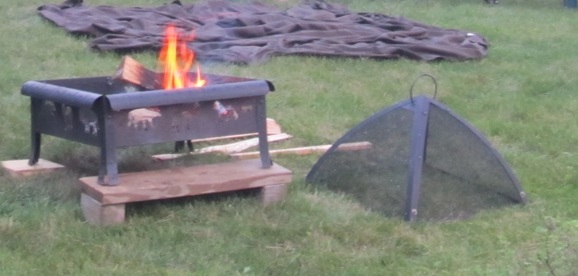
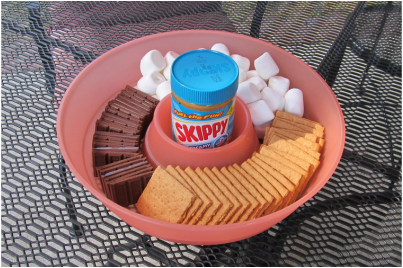
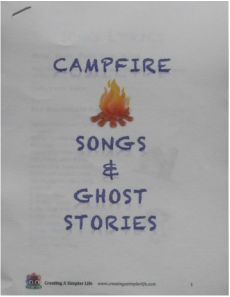
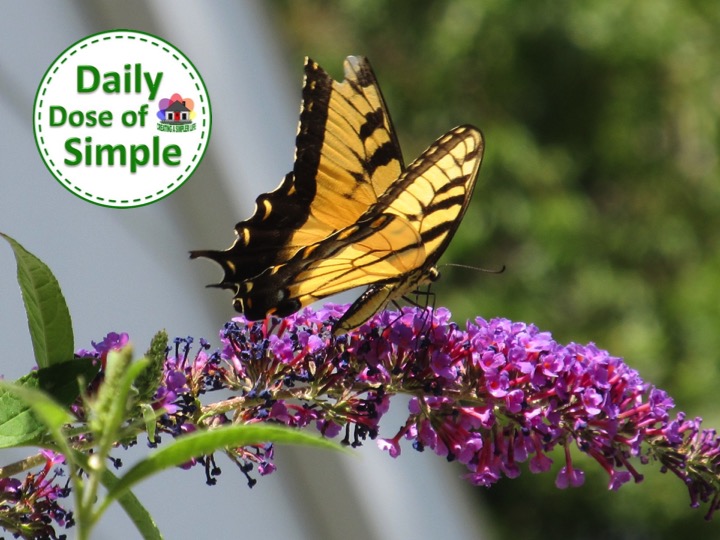
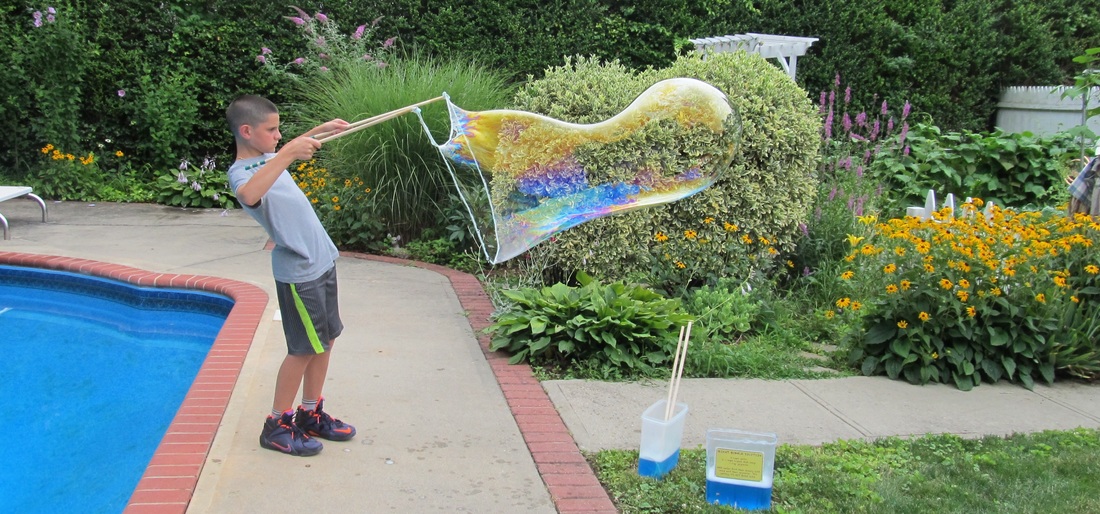
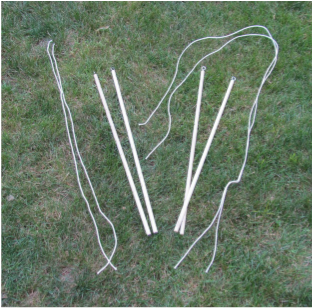
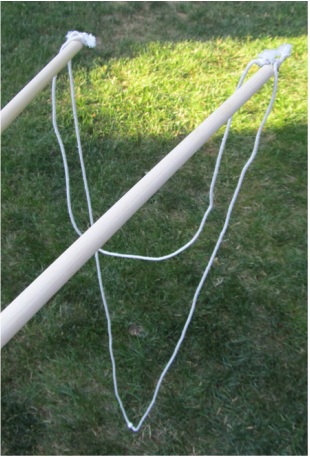
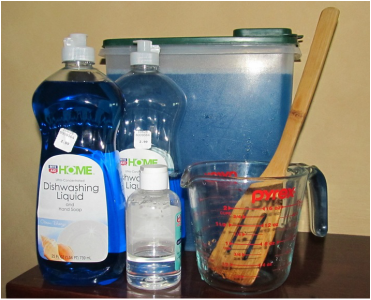
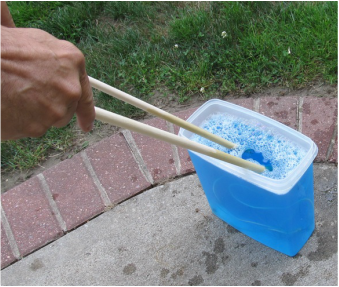
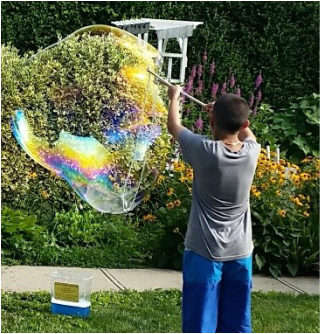
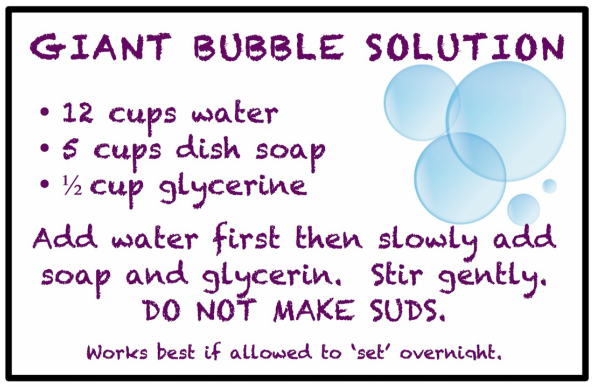
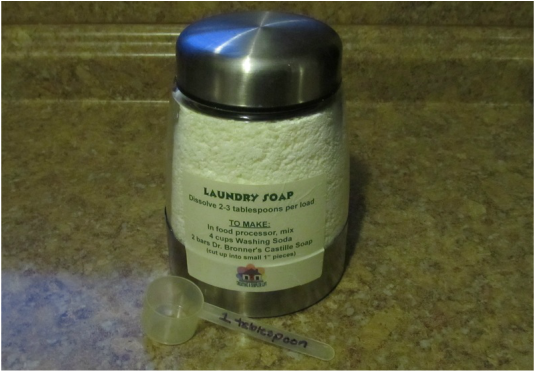
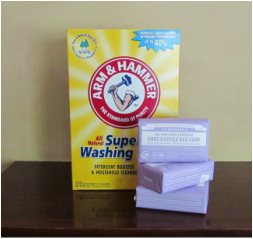
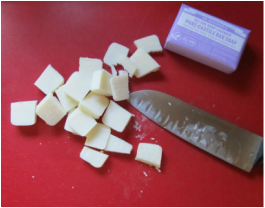
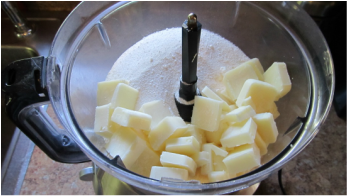
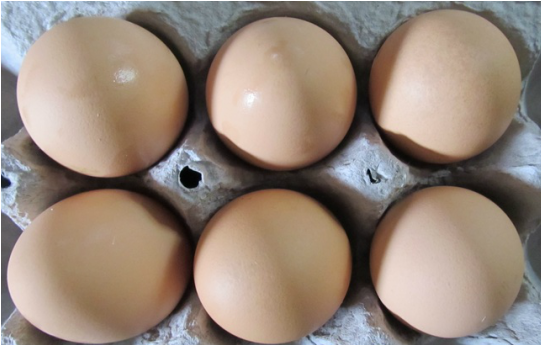
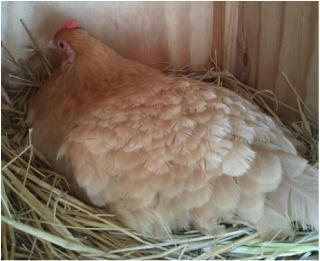
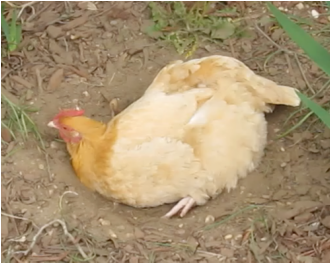
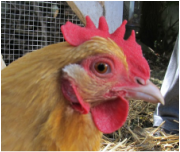
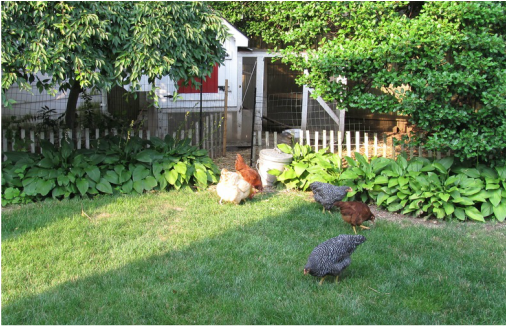
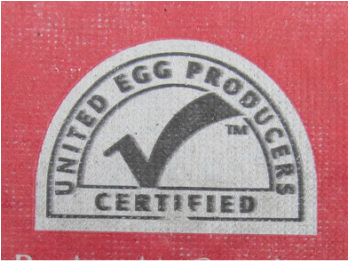
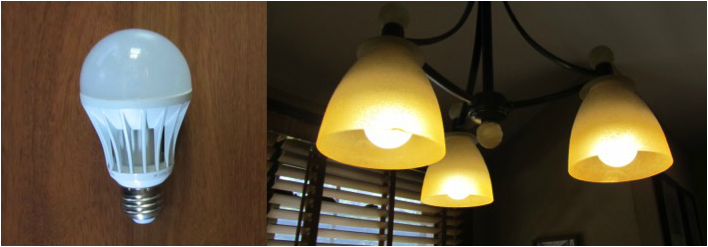
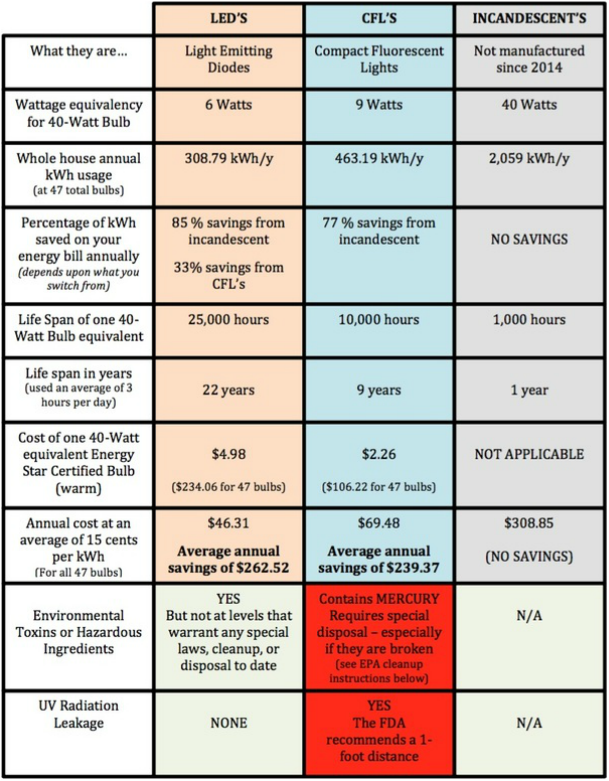

 RSS Feed
RSS Feed